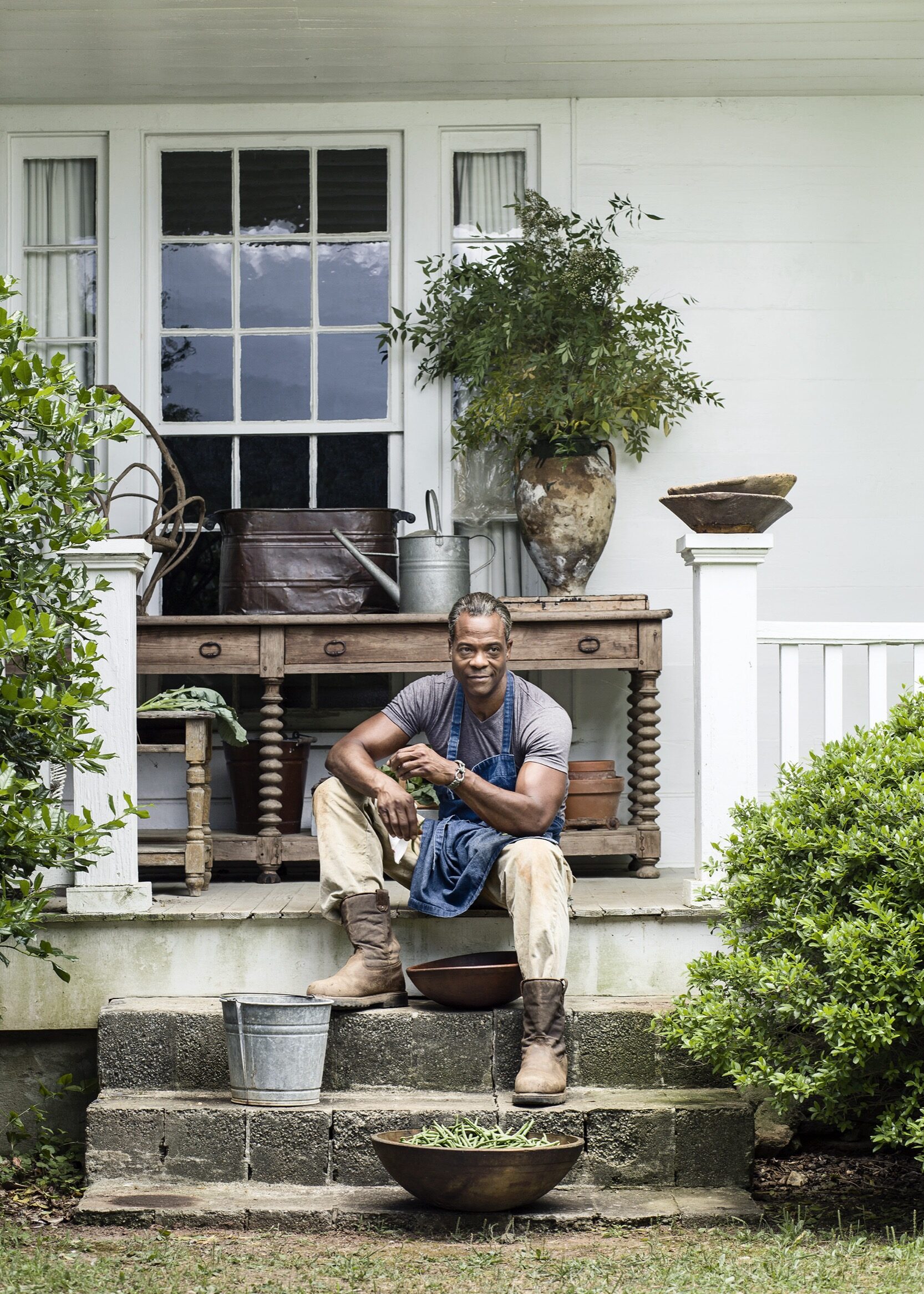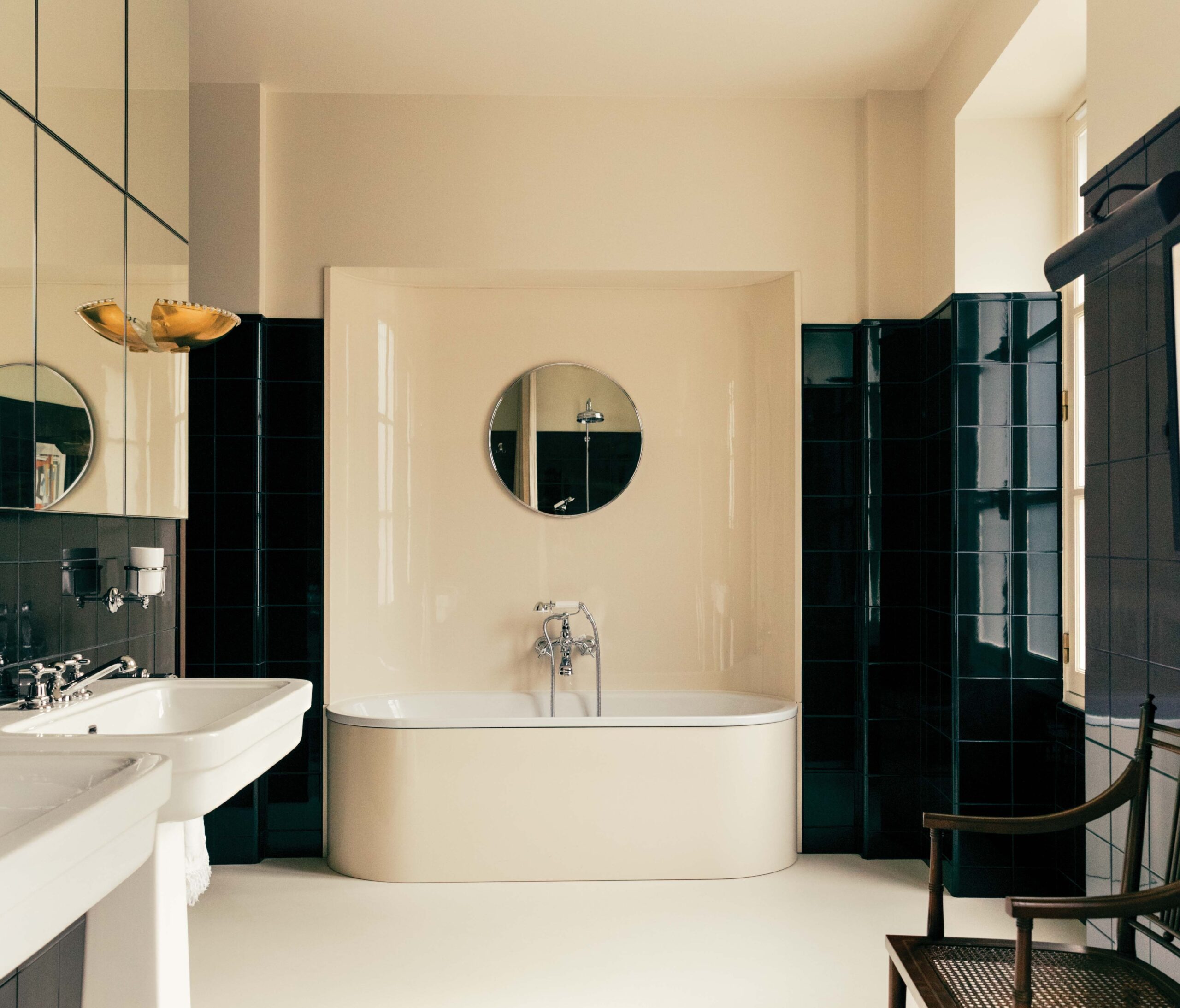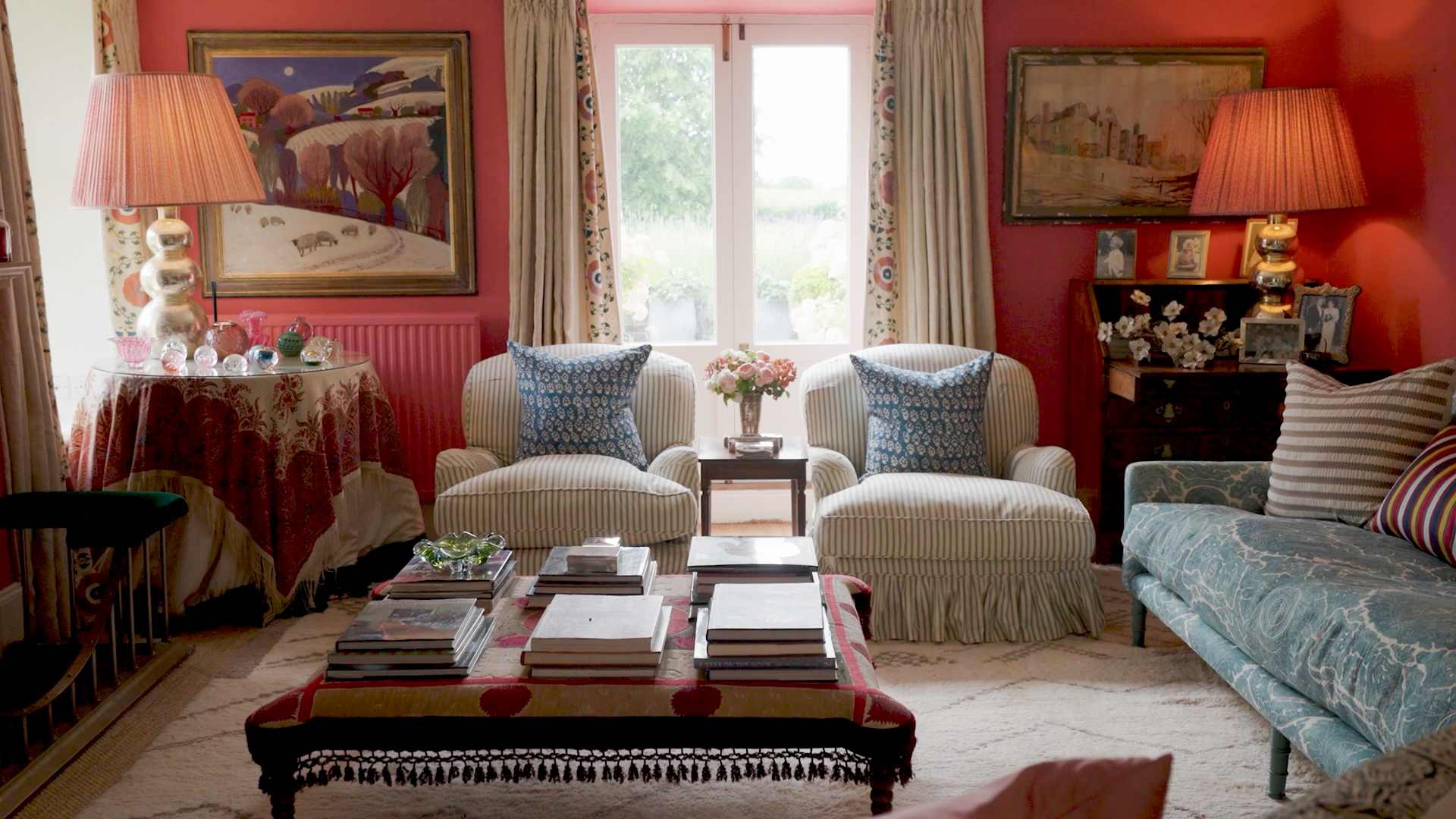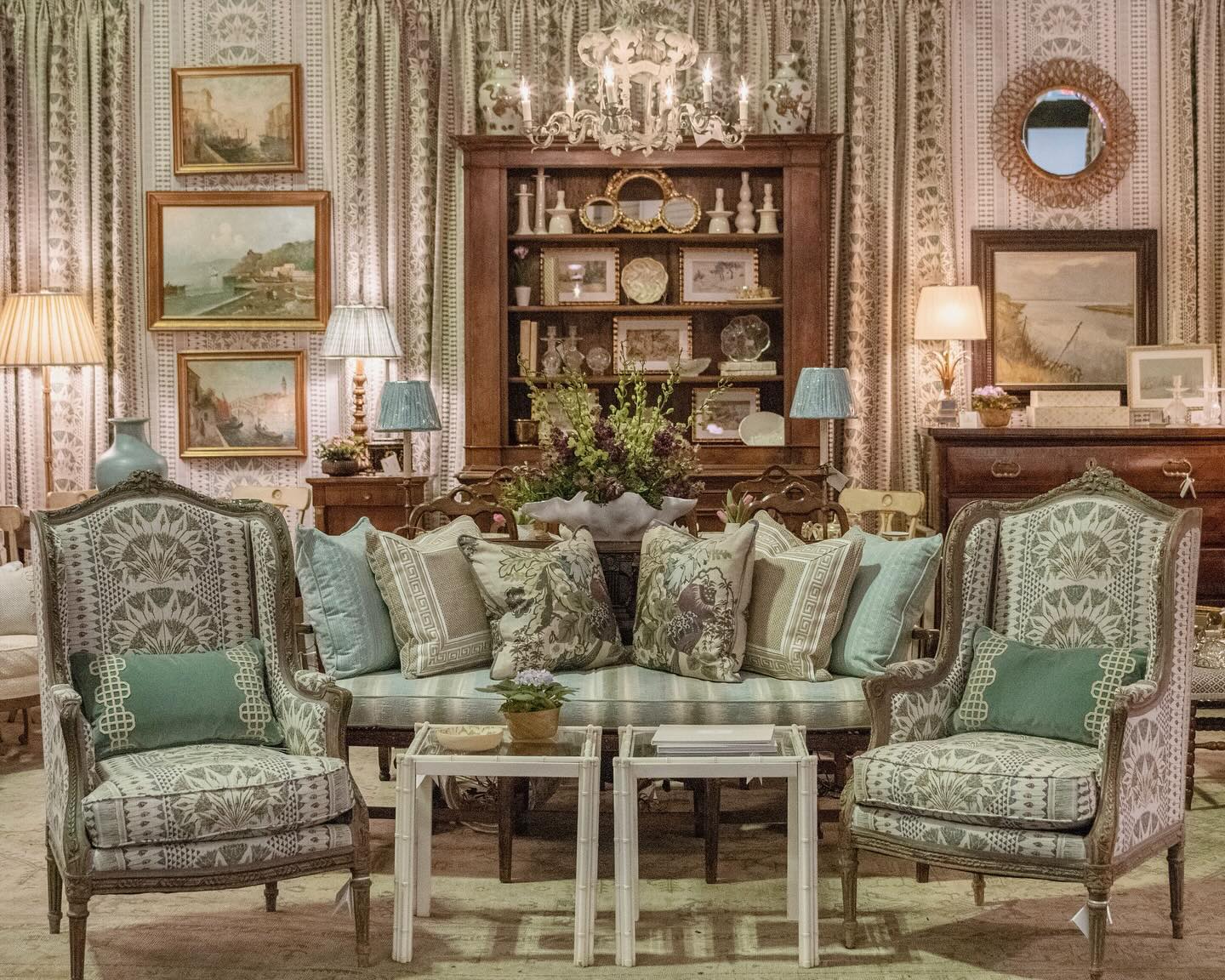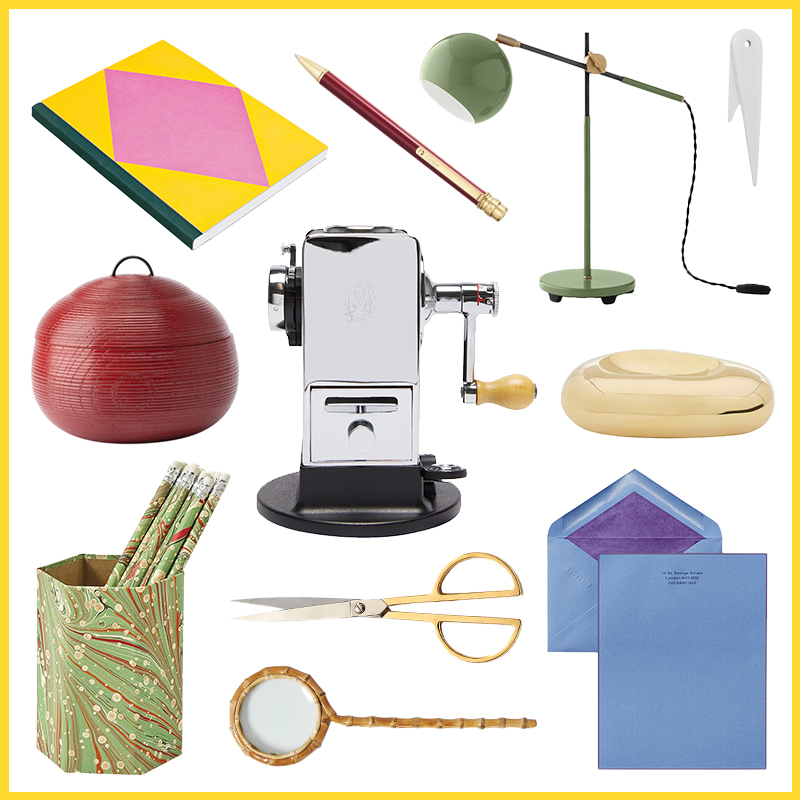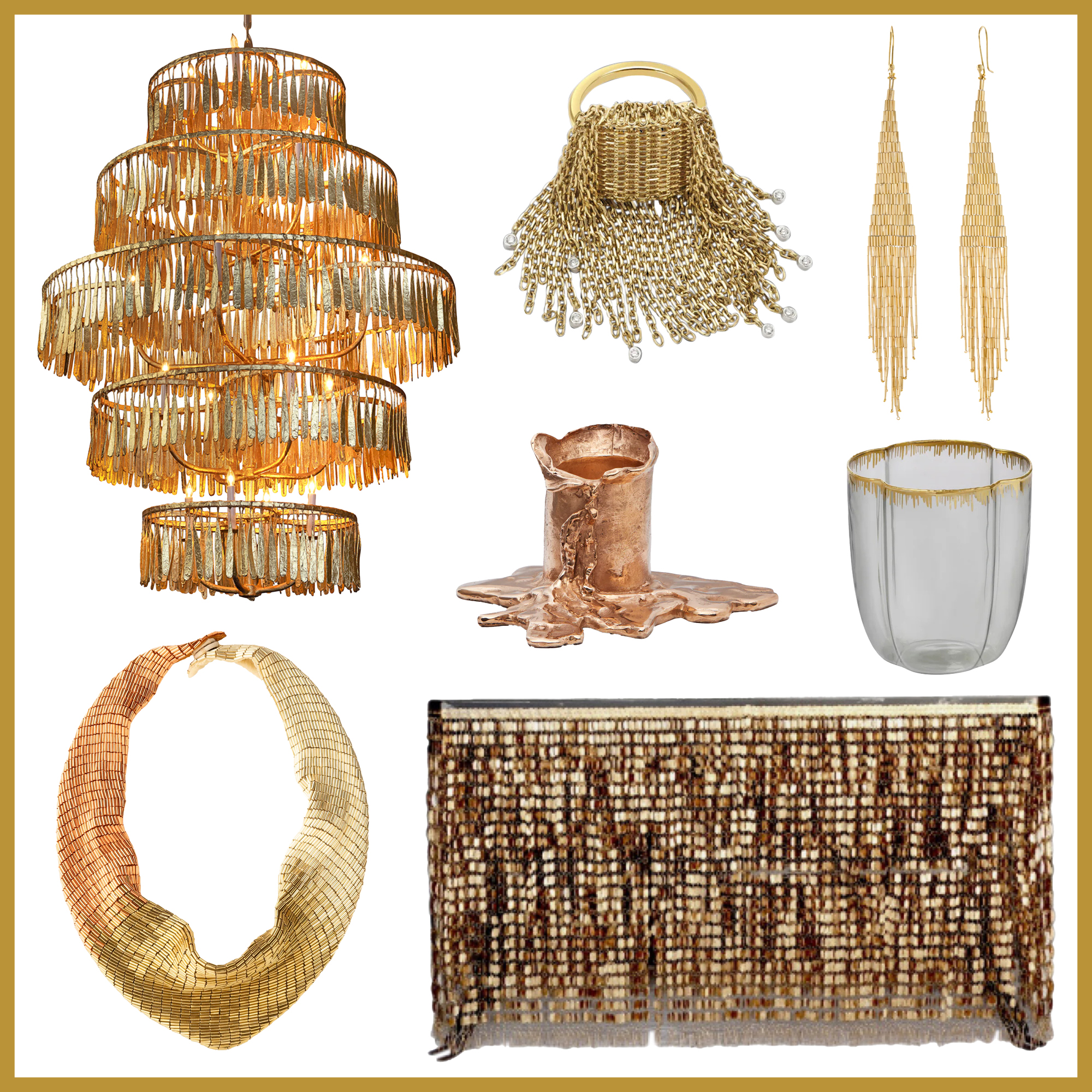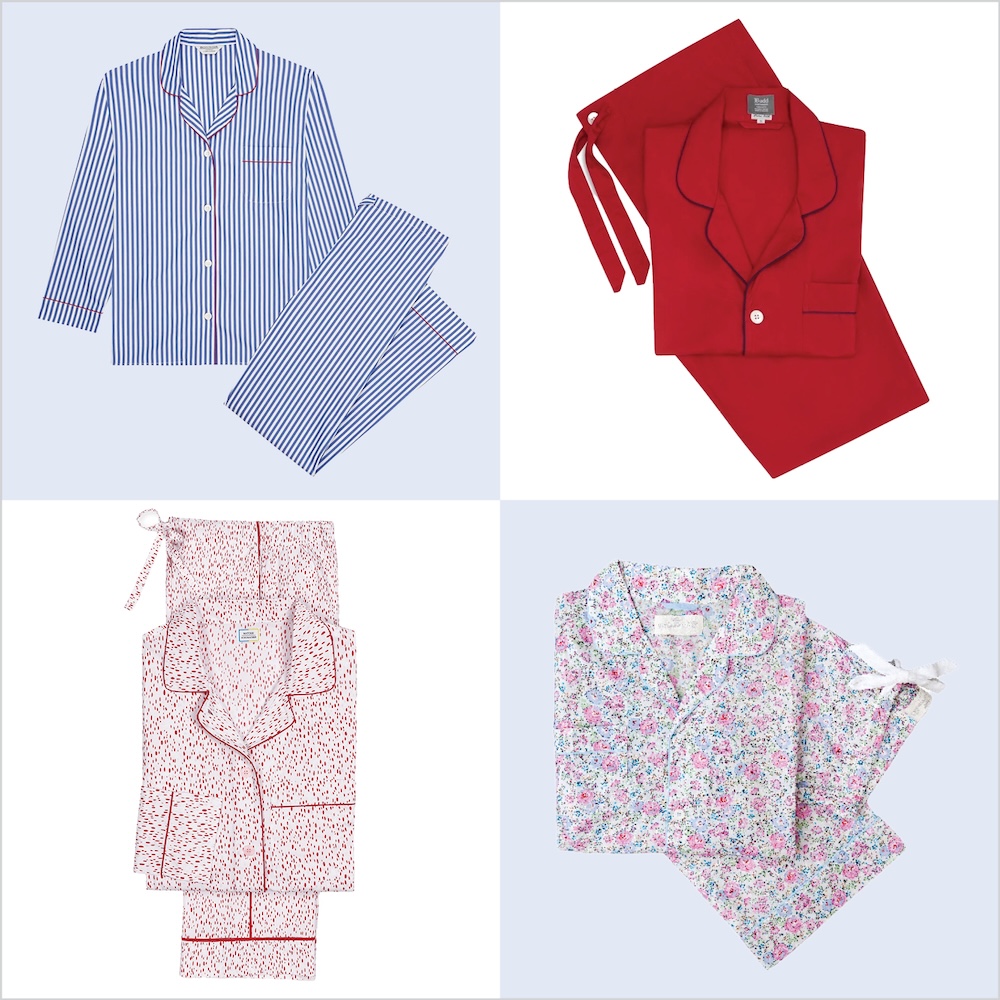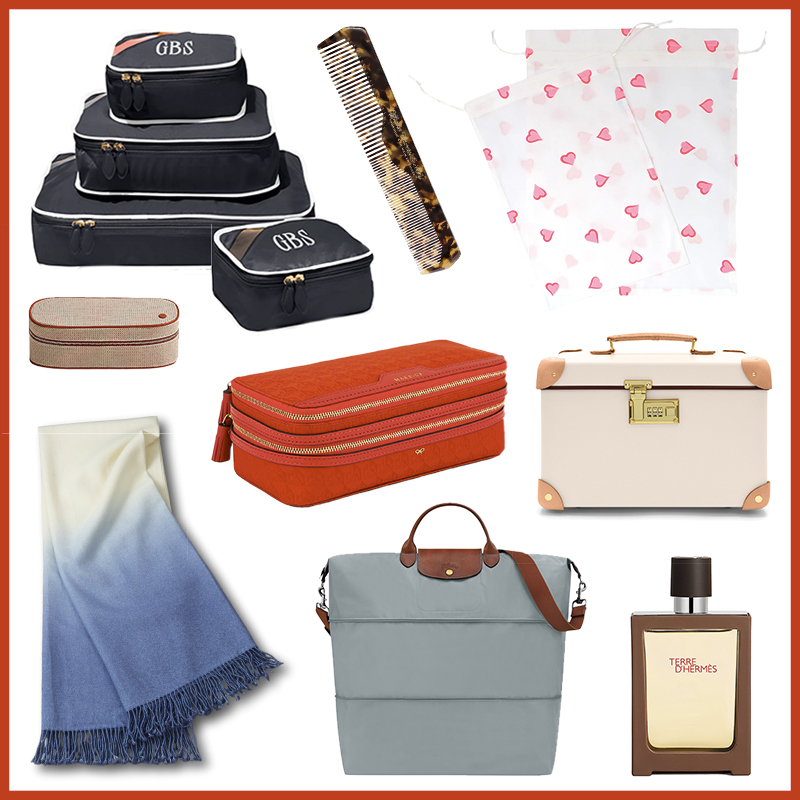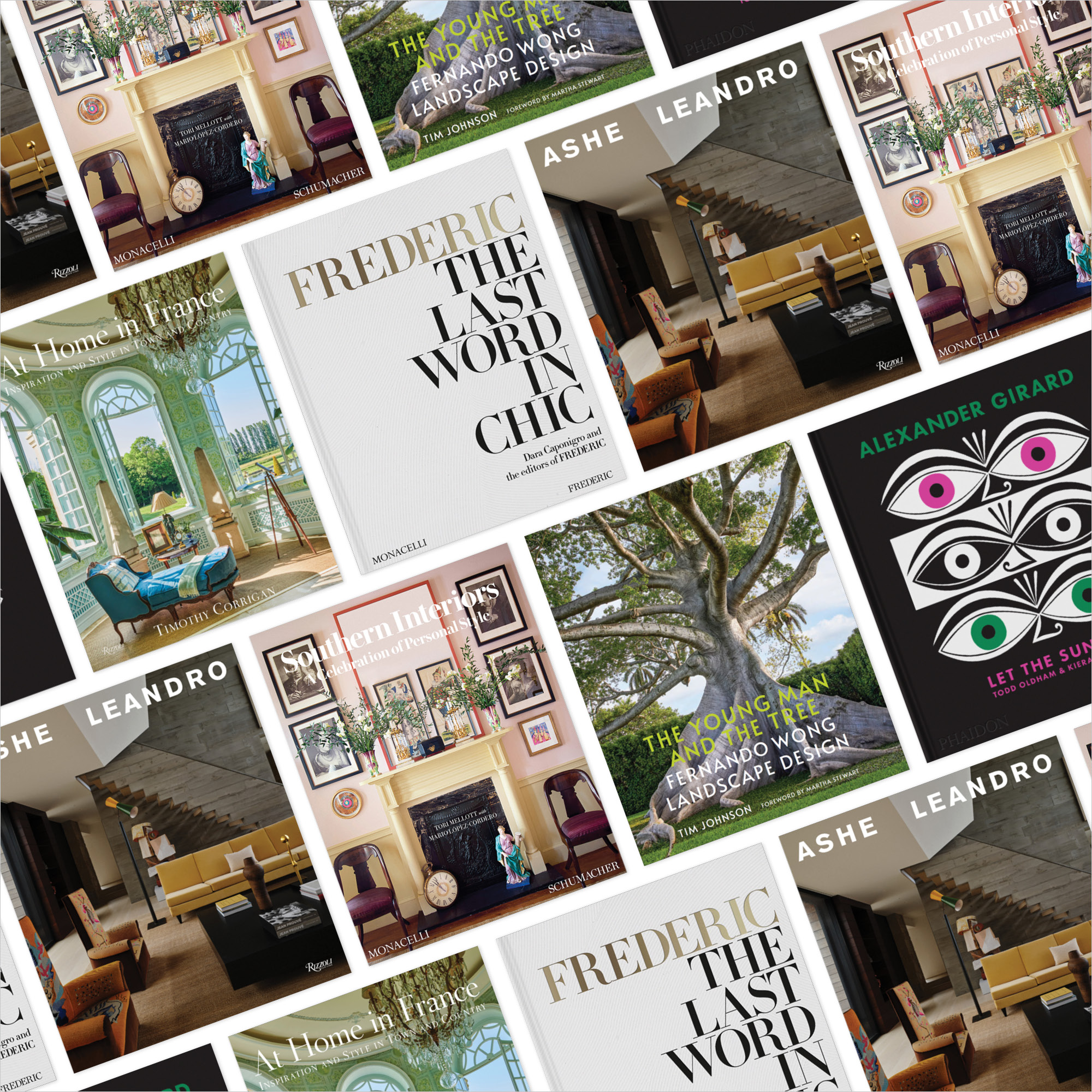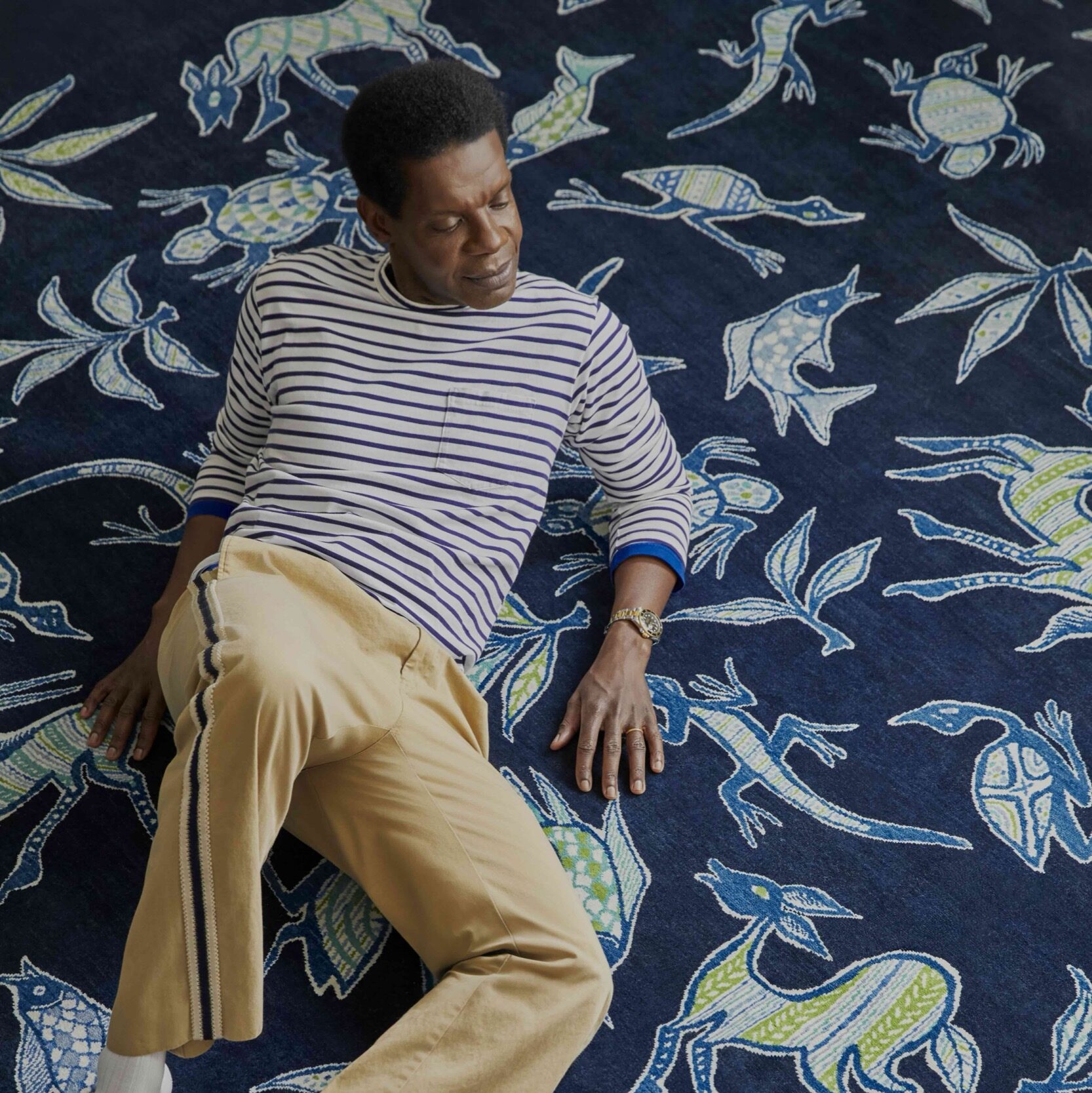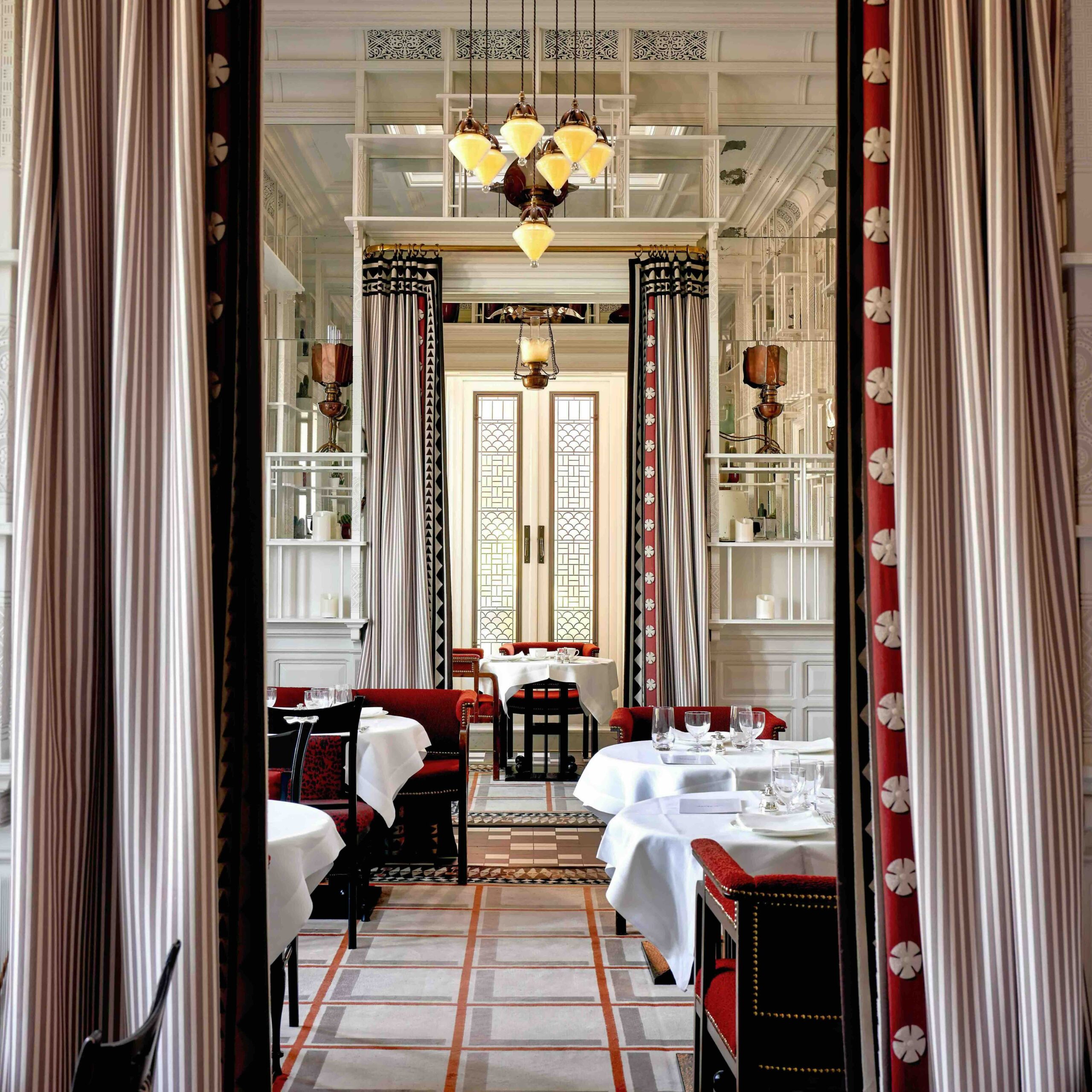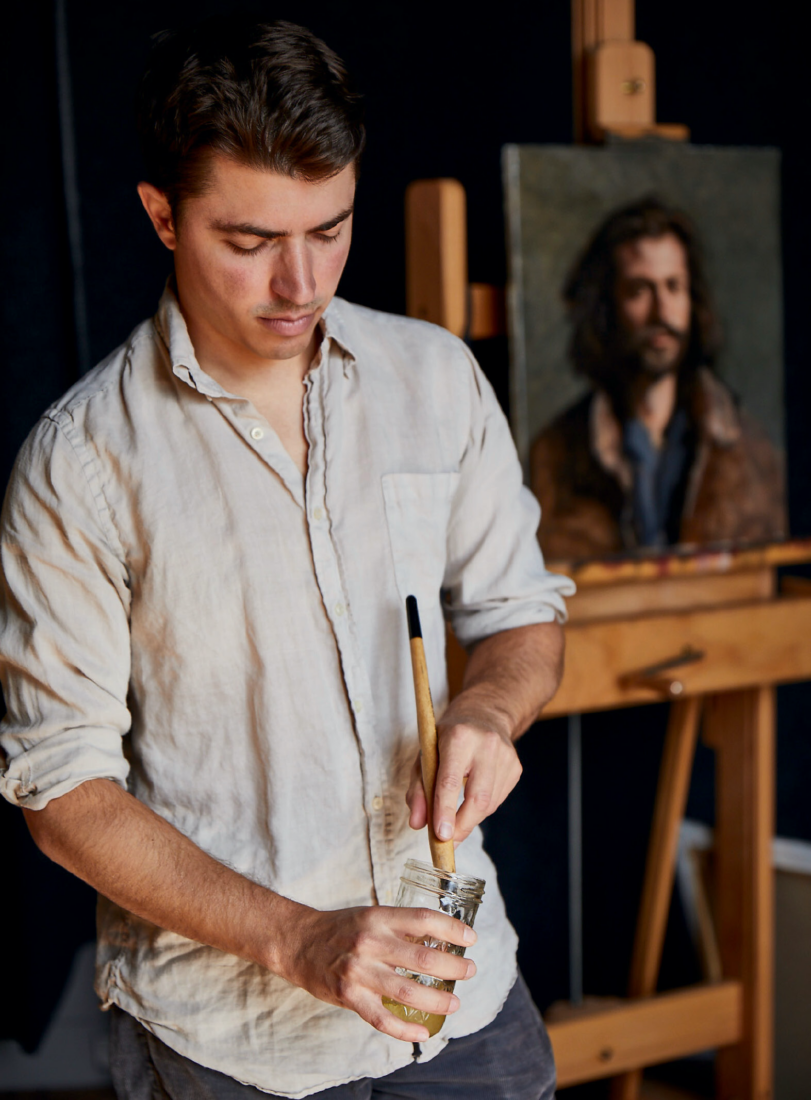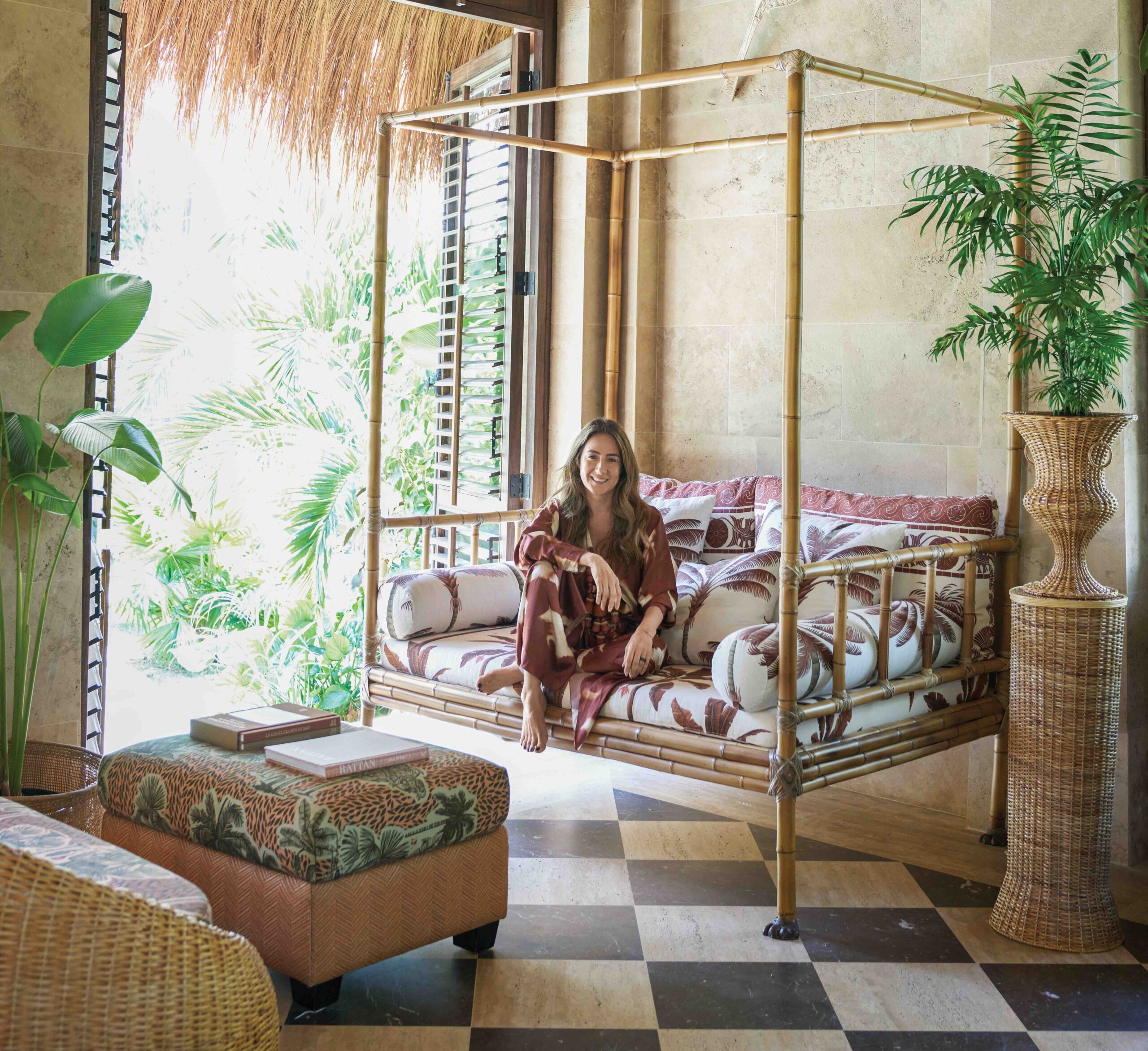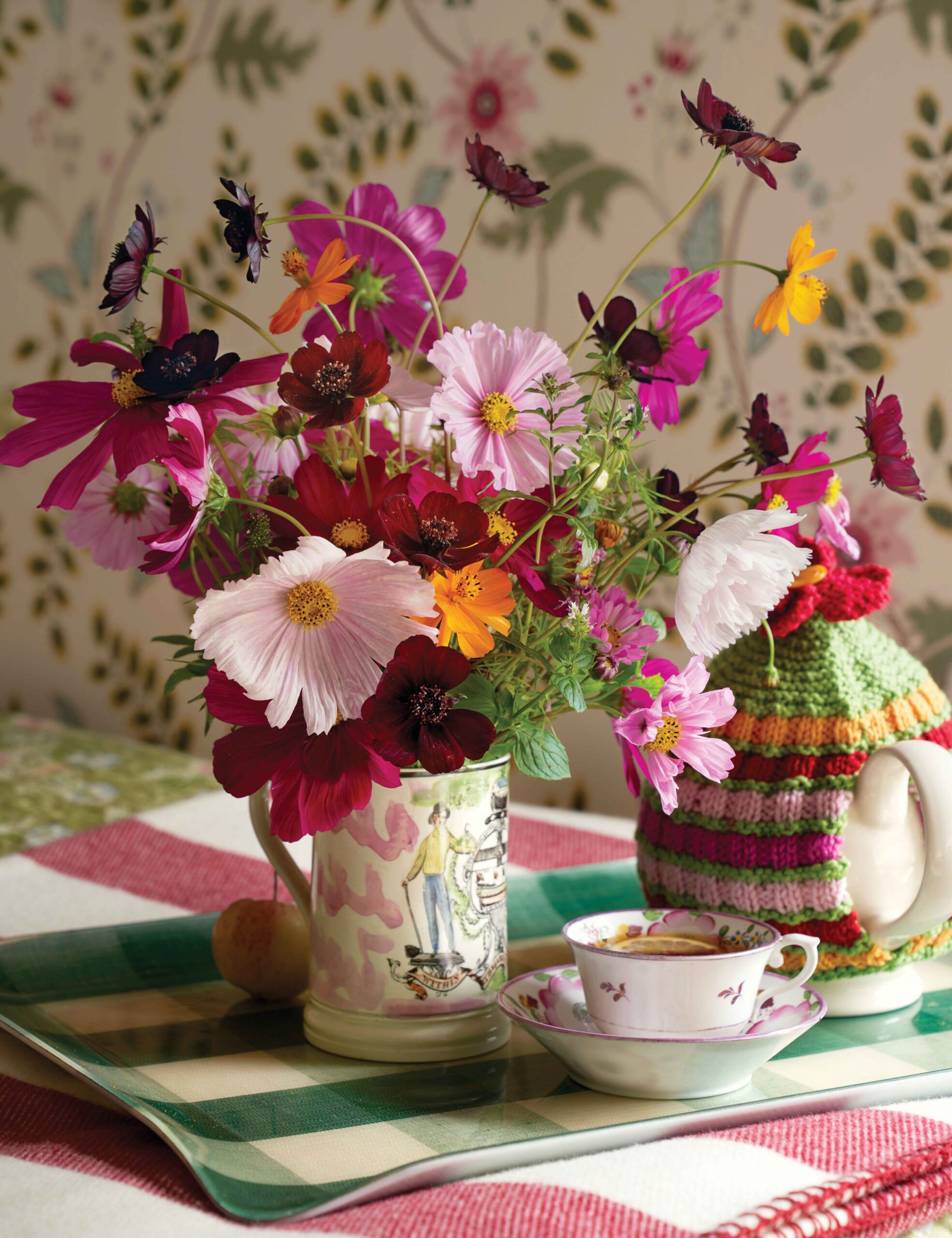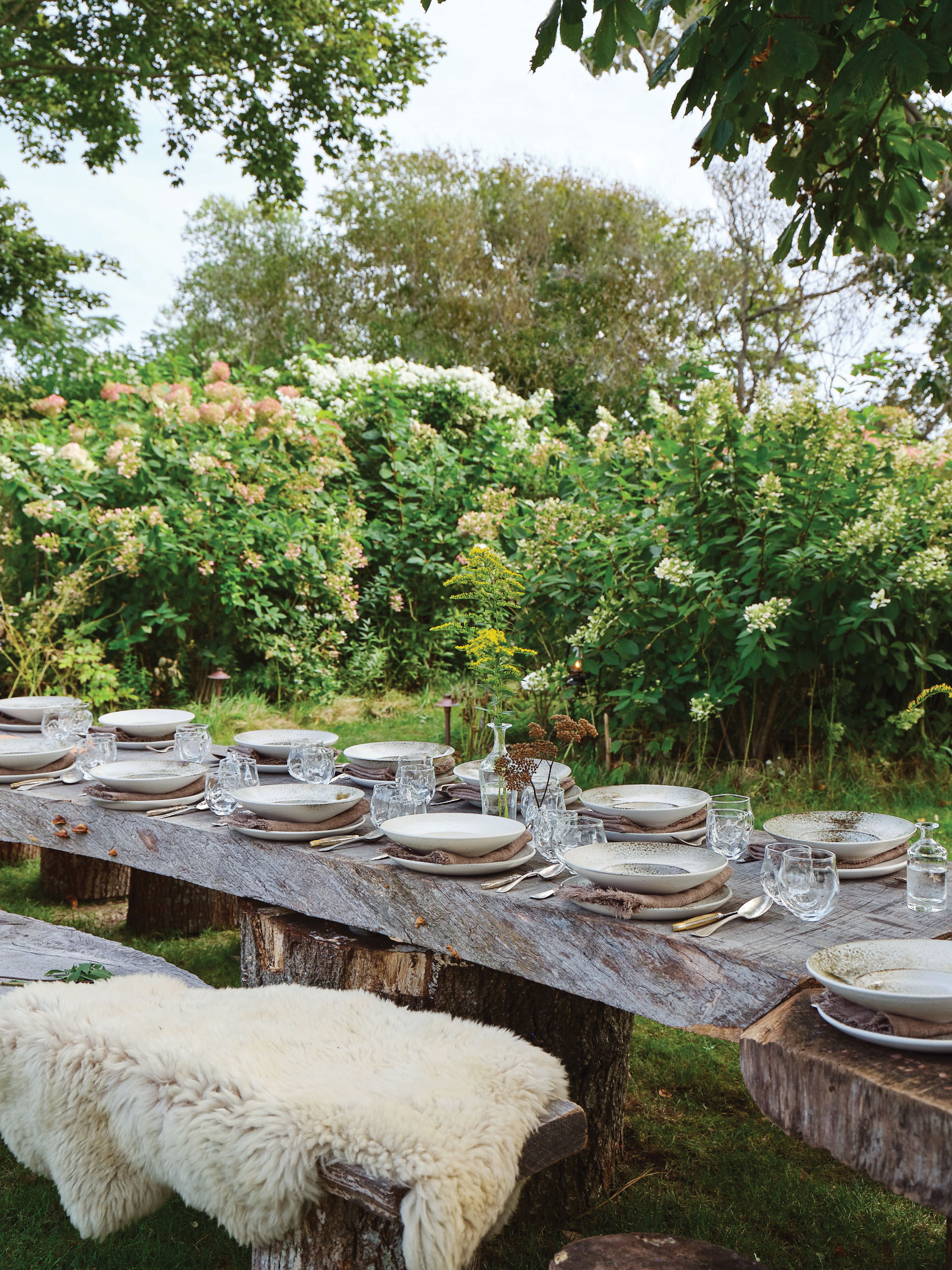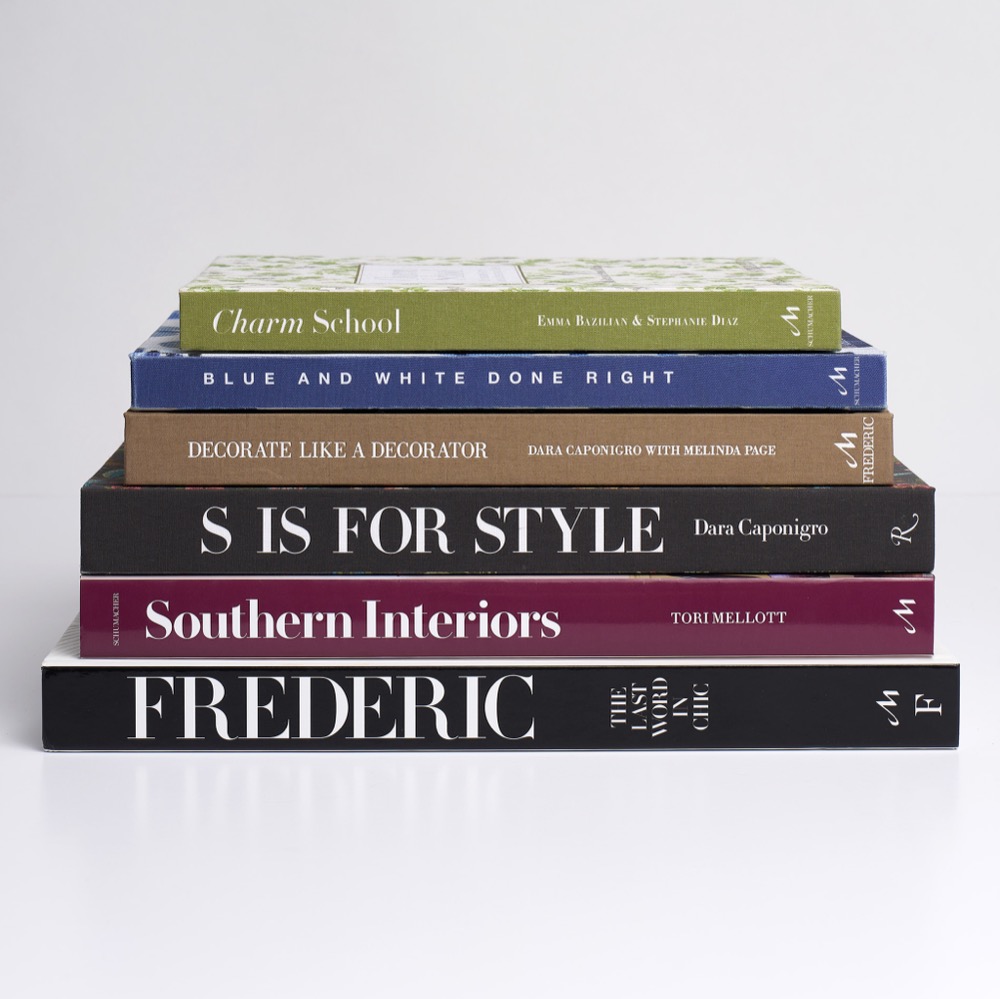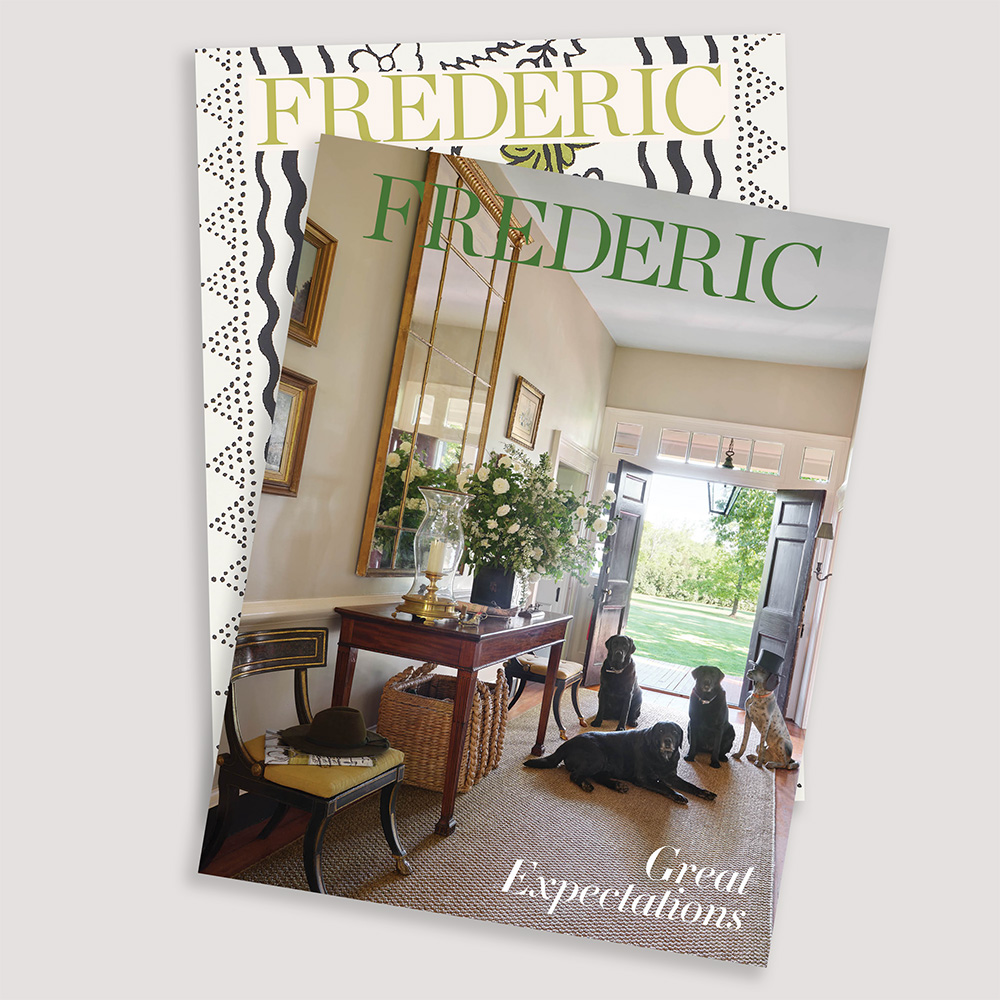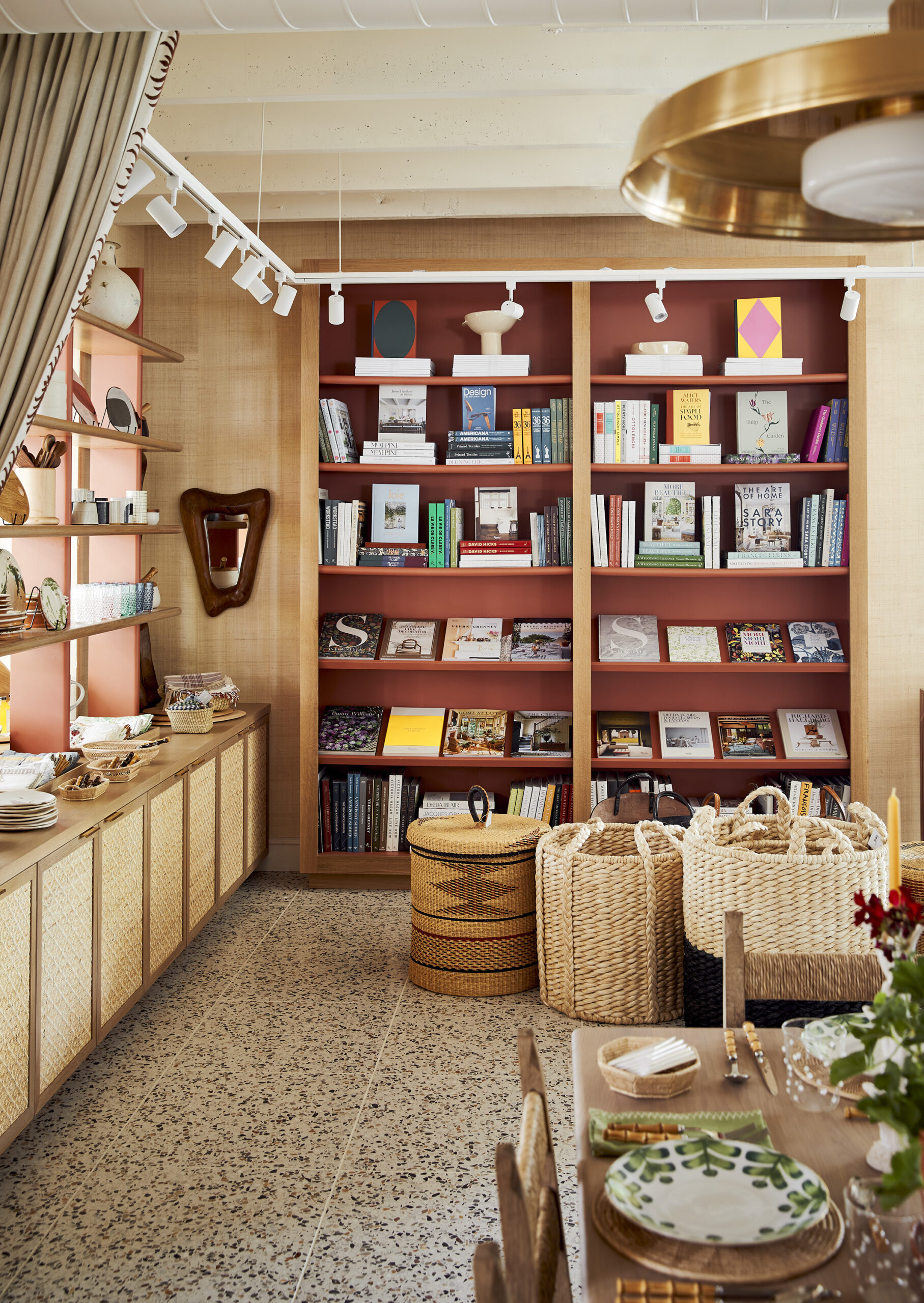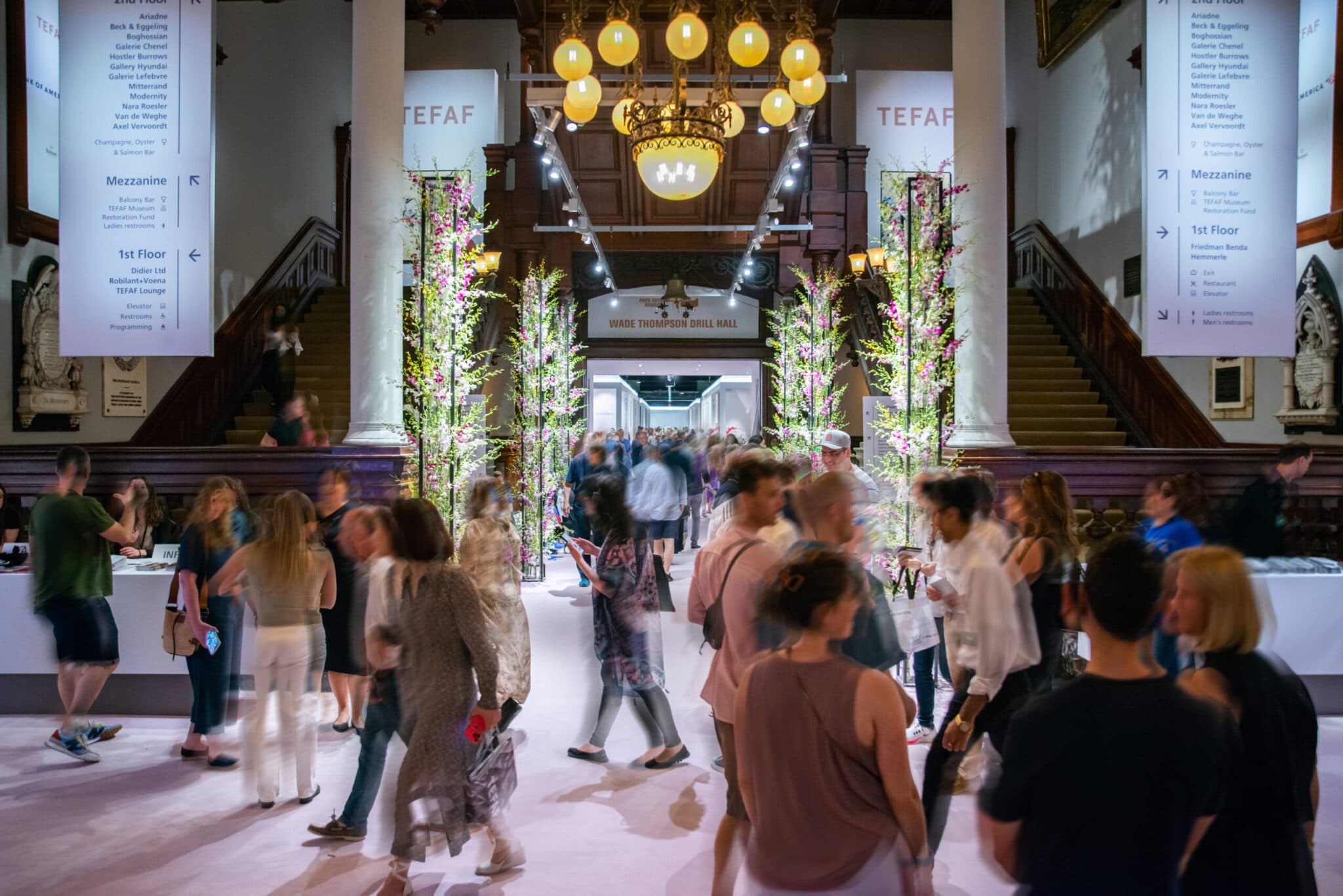If the increased visibility of female artists at New York’s three major art fairs last month—TEFAF, Frieze, 1-54— is any sign of what’s to come, we’re in for some exciting developments. To my delight, the biggest headlines coming out of the events had to do with the overwhelming representation of works by women in both initial sales and overall buzz. Art-world favorites like Louise Bourgeois and Meret Oppenhiem were prominently displayed, but as I meandered through the TEFAF exhibitors’ booths at the Park Avenue Armory, what really caught my eye were the textiles, ceramics, and decorative pieces by lesser-known names that incorporated nontraditional craft methods. Each of these artists transformed their materials into works of art with a spirit of ingenuity and reverence for the women who came before, as though harking back to the foremothers long ignored in art history.
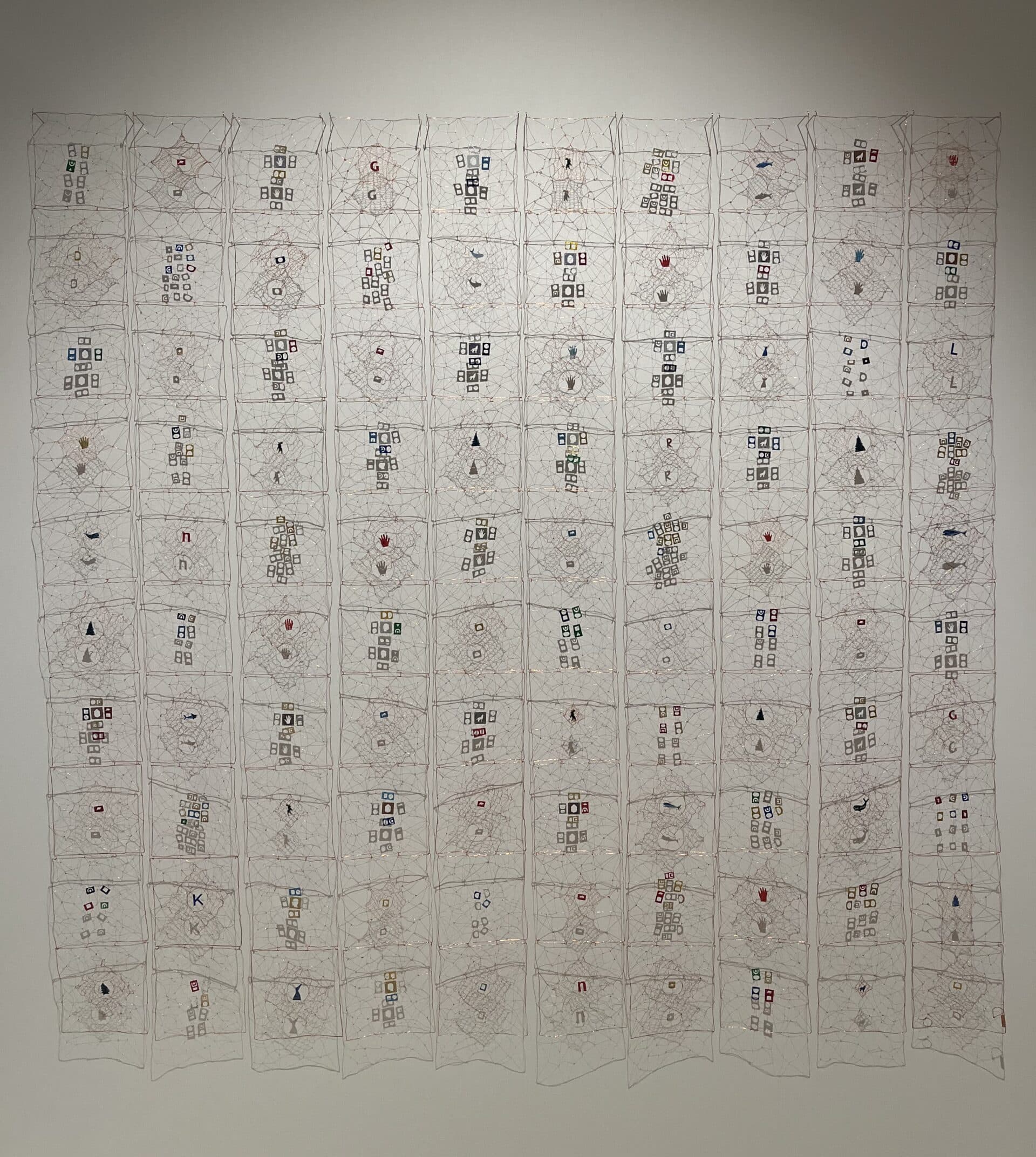
Gjertrud Hals, Fabel, 2023, copper wire and found metal items.
Gjertrud Hals (Norwegian, b. 1948)
An assortment of metal wires and scraps, delicately woven into crochet-like patterns, trick the eye into believing that they are in fact fine threads—a rejuvenation of material and perception. Hals focuses on the webs that connect us across cultures and geography.
Presented by Galerie Maria Mettergen
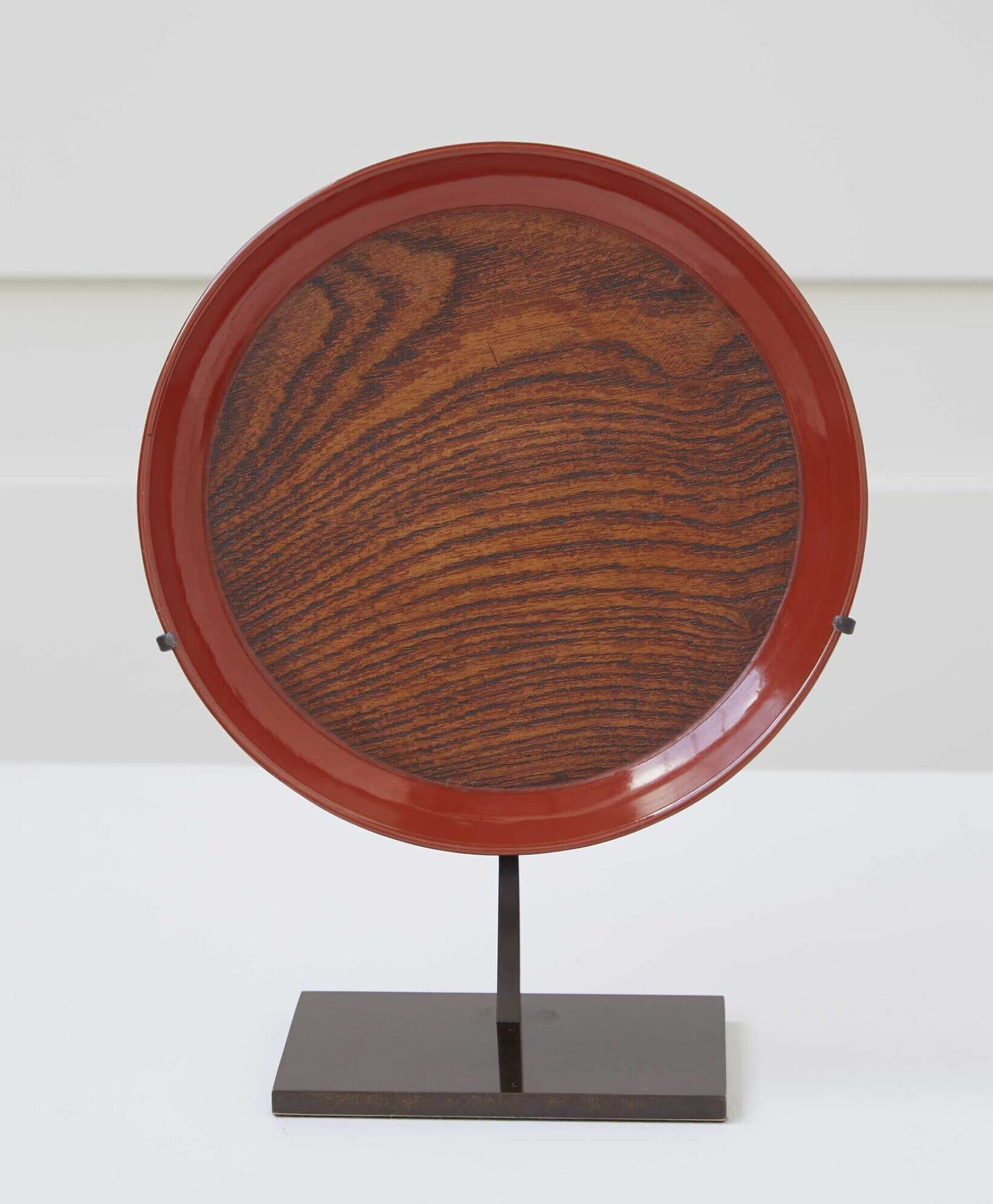
Eileen Gray, Lacquered Plate, c.1920, platter in a concentric shape, in grated oak with a red lacquered on the inside of the edge and on the exterior, 17cm diameter.
Courtesy of Galerie Maria Wettergren
Eileen Gray (Irish, 1878 – 1976)
A leading architect and designer in the Modernist movement, Eileen Gray immersed herself in the beauty of utility. Displayed as a set of three, her lacquered wooden plates highlight the beauty of nature alongside the craftsmanship of the new age—maybe better suited for wall or mantle display than the dining table.
Presented by Galerie Chastel Marećhal
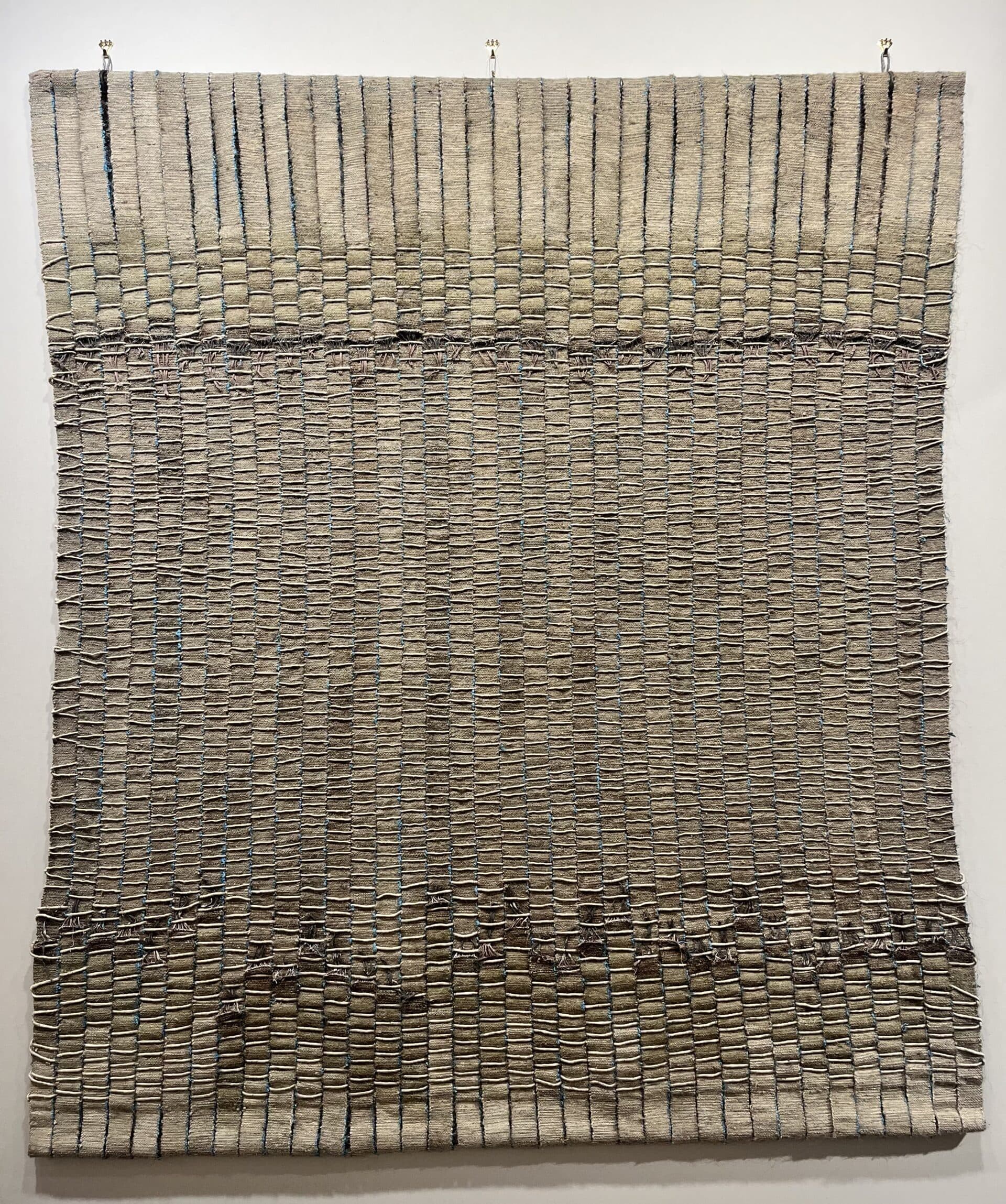
Olga de Amaral, Pared de Calicanto 3, 1977, horse hair and wool.
Olga de Amaral (Columbian, b. 1932)
Exploring Latin American culture and her own identity through the use of non-traditional materials and artisanal Columbian practices, Olga de Amaral’s work weaves through the past and present to solve internal questions and desires.
Presented by Leon Tovar
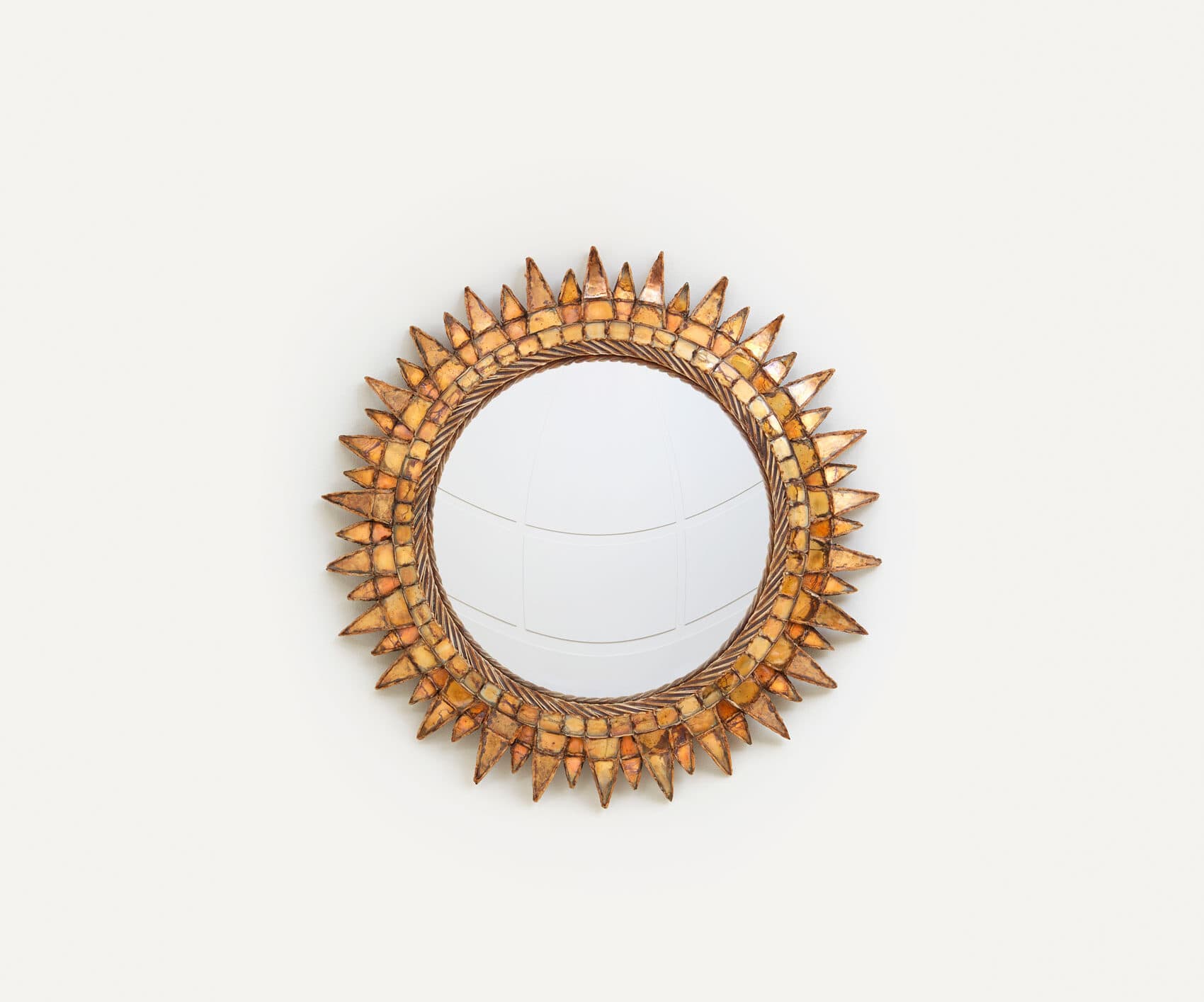
Line Vautrin, Soleil à pouters n°3 – Mirror, c. 1960, beige talosel structure and orange patinated mirrors
Courtesy of Galerie Chastel MarećhalLine Vautrin (French, 1913 – 1997)
The self-taught jeweler and designer created her first piece at the tender age of 20 and explored ideas of surrealism and, after working briefly for Elsa Schiaparelli, expanded her practice to home decor, exhibiting at the 1937 Exposition Universelle in Paris. This mirror of gilded and colored glass is the type of internal sun we could all use on a gloomy day.
Presented by Galerie Chastel Marećhal
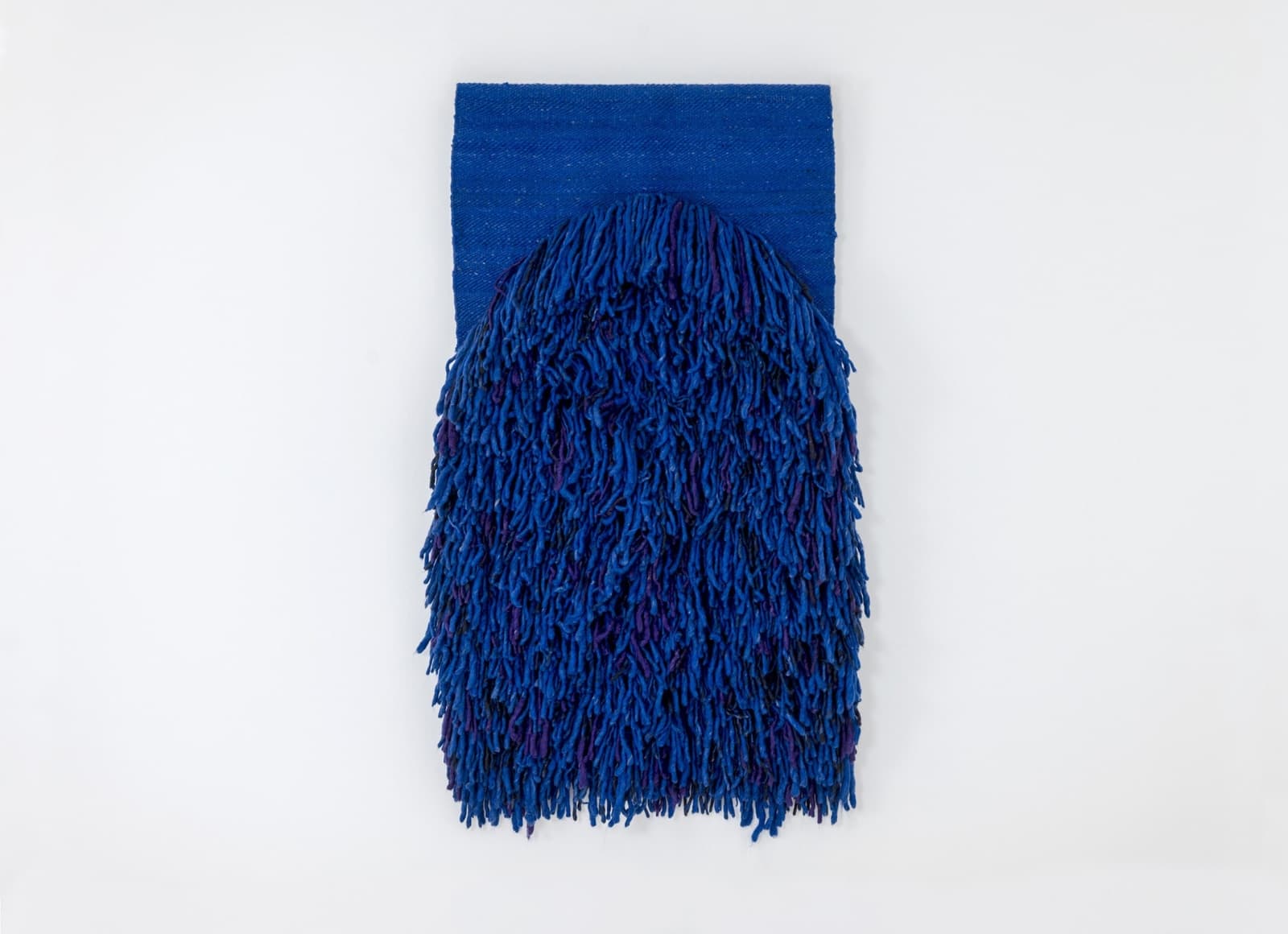
Sheila Hicks, Prayer Rug, c. 1966, wool and linen. Produced by V’SOSKE Ireland.
Courtesy of Demisch DenantSheila Hicks (American, b. 1934)
We all love a good Yves Klein Blue, and textile artist and sculptor Sheila Hicks uses it to maximum effect in her monumental weaving titled Prayer Rug. For Hicks, weaving is a universal visual language she uses to connect and bridge gaps between disparate peoples and ideas.
Presented by Demisch Danant
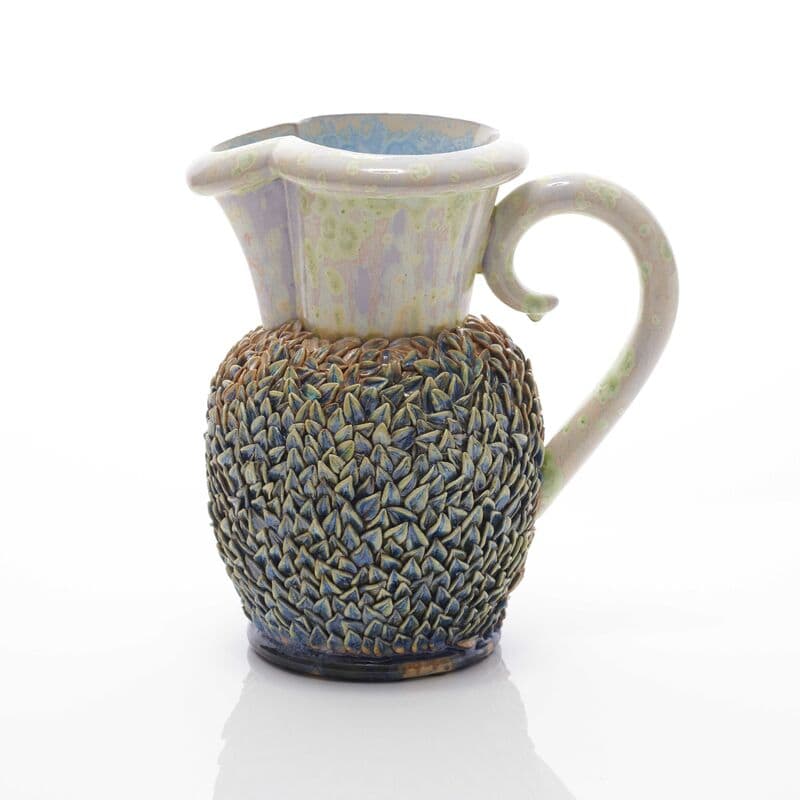
Kate Malone, A Green and Black Privet Jug, 2019, crystalline-glazed stoneware.
Courtesy of Adrian SassoonKate Malone (British, b. 1959)
The whimsical and natural influences behind ceramicist Kate Malone’s artworks elicits instant delight in the viewer. Not small by any means, the forms she creates are their own living things—a force essentially optimistic and abundant.
Presented by Adrian Sassoon
